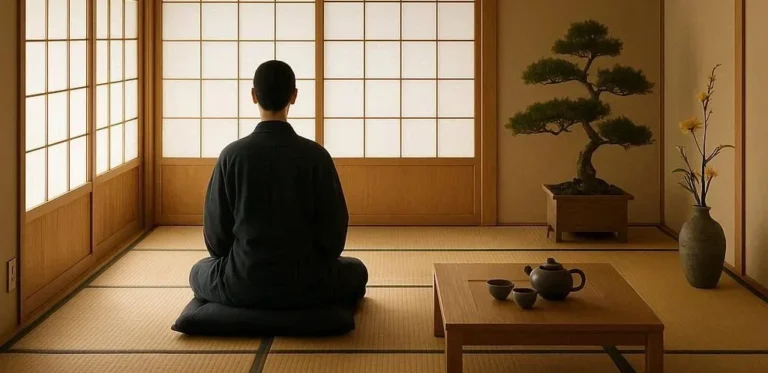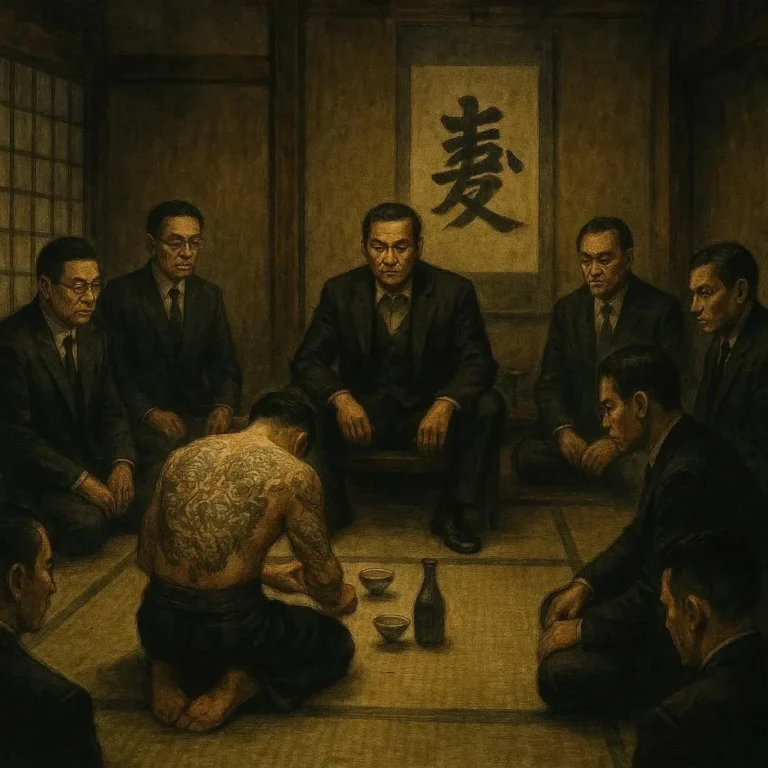505 views Examining the Samurai Codes Seen in Literature and Film
The samurai, members of the warrior class in Japan from the 12th to the 19th centuries, have long fascinated audiences around the world. Their strict code of conduct, known as Bushido, has been a subject of intrigue, inspiring countless works of literature, films, and even influencing modern-day philosophy. This code, which emphasizes honor, loyalty, discipline, and self-sacrifice, has transcended its historical roots to become a timeless theme in storytelling. In this blog post, we will explore the portrayal of samurai codes in both literature and film, examining how these ideals have been interpreted and reimagined across different mediums.
The Historical Context of Samurai Codes
Before delving into the representations in literature and film, it’s essential to understand the historical context of the samurai code, or Bushido. Bushido, which translates to “the way of the warrior,” was a set of principles that governed the behavior of samurai. These principles were not codified into a single document but were passed down through generations, influencing every aspect of a samurai’s life.
At its core, Bushido emphasized eight main virtues: rectitude (gi), courage (yū), benevolence (jin), respect (rei), honesty (makoto), loyalty (chū), self-discipline (jiritsu), and wisdom (chi). These virtues were meant to guide samurai in their duties as warriors and members of society, ensuring they acted with honor and integrity.
Despite its noble ideals, Bushido was not without its contradictions. The code was often invoked to justify acts of violence and the rigid social hierarchy of the time. Nevertheless, it remains a significant part of Japanese cultural heritage and continues to inspire people worldwide.
Samurai Codes in Literature
Literature has long been a powerful medium for exploring the complexities of the samurai code. From classical Japanese texts to modern novels, the themes of honor, loyalty, and self-sacrifice have been central to many works featuring samurai characters.
Classical Japanese Literature
One of the most famous works of classical Japanese literature that explores the samurai code is The Tale of the Heike. This epic narrative, which dates back to the 12th century, tells the story of the rise and fall of the Taira clan. Through its characters, the tale examines themes of loyalty, honor, and the inevitability of fate—key components of Bushido.
Another significant work is The Book of Five Rings by Miyamoto Musashi, a real-life samurai and rōnin (masterless samurai). Written in the early 17th century, this treatise on strategy and philosophy offers insights into the mindset of a samurai. Musashi’s writings emphasize the importance of discipline, adaptability, and clarity of purpose—principles that align closely with the tenets of Bushido.
Modern Literature
In modern literature, the samurai code has been reimagined to resonate with contemporary themes. For example, in The Samurai by Shusaku Endo, the author explores the tensions between tradition and modernity through the story of a samurai who journeys to Spain in the early 17th century. The novel delves into the ethical dilemmas faced by the samurai as he confronts the vastly different values of the West.
Another modern adaptation of the samurai code can be found in The Book of Samurai: The Warrior Tradition by Stephen Turnbull. This historical analysis examines the realities of samurai life, challenging some of the romanticized portrayals often seen in popular culture. Turnbull’s work provides a nuanced understanding of the samurai code and its evolution over time.
Samurai Codes in Film
Film has been particularly instrumental in spreading the ideals of the samurai code to a global audience. From classic Japanese cinema to Hollywood blockbusters, the themes of honor, loyalty, and self-discipline have captivated viewers and inspired filmmakers.
Classic Japanese Cinema
One of the most iconic samurai films is Seven Samurai (1954) directed by Akira Kurosawa. This seminal work tells the story of a group of samurai who band together to protect a village from bandits. The film is a powerful exploration of the samurai code, highlighting the themes of duty, sacrifice, and the role of the warrior in a rapidly changing world.
Another classic is Yojimbo (1961), also directed by Kurosawa. The film follows a rōnin who manipulates two rival factions to destroy each other. Yojimbo critiques the samurai code, presenting a more cynical view of the warrior class and the moral ambiguity of their actions.
Modern Films
In recent years, the samurai code has continued to inspire filmmakers worldwide. The Last Samurai (2003), directed by Edward Zwick, tells the story of an American soldier who becomes involved in the Meiji Restoration and learns the ways of the samurai. While the film has been criticized for its historical inaccuracies, it successfully captures the essence of the samurai code and its enduring appeal.
Another notable example is 47 Ronin (2013), a fantasy-action film that reimagines the legend of the 47 rōnin. The film incorporates elements of Japanese folklore and mythology while staying true to the core principles of Bushido. However, its blending of historical and supernatural elements has been met with mixed reviews from critics and audiences alike.
The Portrayal of Women and Minorities in Samurai Stories
One of the aspects often overlooked in discussions of the samurai code is the portrayal of women and minorities. In many traditional stories, women are relegated to secondary roles, often depicted as either loyal wives or concubines. However, there are exceptions, such as the character of Tomoe Gozen, a female warrior who appears in The Tale of the Heike. Her story challenges the traditional gender roles of the time, showcasing the potential for women to embody the virtues of Bushido.
In more modern adaptations, there has been an effort to include more diverse perspectives. For example, The Legend of the Samurai (2021), a Japanese period drama, features a story that highlights the struggles of lower-class samurai and their families. This approach offers a more comprehensive view of samurai society and the ways in which the Bushido code affected different members of that society.
The Timeless Appeal of Samurai Codes
The samurai code, with its emphasis on honor, loyalty, and self-discipline, has a timeless appeal that transcends cultural and temporal boundaries. In an era dominated by rapid technological change and uncertain global politics, the principles of Bushido offer a sense of stability and moral clarity.
Moreover, the samurai code has inspired individuals in various fields, from business to sports. The idea of adhering to a strict code of conduct, regardless of personal cost, resonates with people striving to achieve excellence in their own lives.
At the same time, it’s important to recognize that the samurai code was a product of its time. While its ideals are admirable, they must be understood within the context of Japan’s feudal society. The rigid social hierarchy and the inherent inequalities of that era cannot be overlooked when discussing the relevance of Bushido in modern times.
The Influence of Samurai Codes on Western Culture
The samurai code has also had a significant influence on Western culture. From thespread of martial arts like karate and judo to the philosophical teachings of Zen Buddhism, the principles of Bushido have been integrated into various aspects of Western society.
In literature and film, the samurai code has served as a source of inspiration for countless works. For example, the Star Wars franchise draws heavily from samurai cinema, particularly the works of Akira Kurosawa. The character of Obi-Wan Kenobi, with his wise mentorship and commitment to a higher cause, owes a debt to the samurai archetype.
Conclusion
The samurai code, as seen in literature and film, is a rich and complex subject that continues to captivate audiences. Through its exploration of honor, loyalty, and self-discipline, it offers insights into the human condition that remain relevant today.
As we continue to navigate our own challenging world, the lessons of the samurai code remind us of the importance of integrity, compassion, and resilience. By examining these ideals in literature and film, we not only gain a deeper understanding of Japan’s rich cultural heritage but also discover universal truths that can guide us in our own lives.
In the end, the enduring appeal of the samurai code lies in its ability to inspire us to strive for excellence and hold fast to our principles, no matter the circumstances. Whether through the pages of a novel, the frames of a film, or the realities of our own lives, the way of the samurai remains a powerful and enduring legacy.






